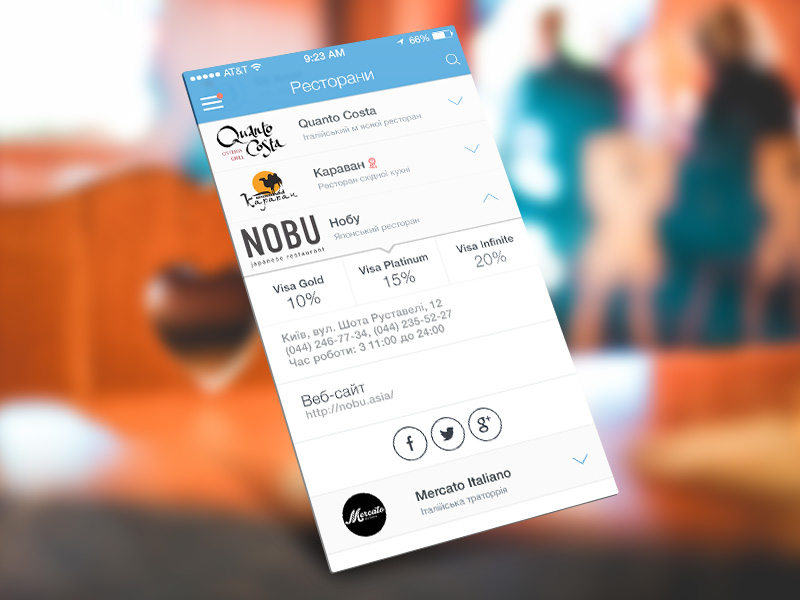

However, brands can position themselves for a successful launch-and create a compelling customer experience-by prioritizing 5 main pillars of their omnichannel loyalty strategy. While the ultimate goal of loyalty programs is the same, individual retailers’ approaches will differ considerably when it comes to structure, what they offer and the platforms they exist on. This journey compels customers to continue by presenting them with benefits and rewards for their engagement. The ultimate goal of loyalty programs is to conjure the “world” of a brand and plot out a customer journey through it. 5 priorities when building an omnichannel loyalty program The objective? To increase brand awareness, drive customer retention and foster more dimensional, fulfilling relationships with users.īelow, we break down how retailers should be building out their omnichannel loyalty strategy to fuse digital and IRL marketing practices, and create a unique program users will engage with. Through an omnichannel retail strategy, retailers can take the traditional customer loyalty program into the digital arena and expand it by harnessing the (staggering) versatility of digital channels. So what does omnichannel mean? This term simply refers to the integration of multiple channels to create a more seamless customer experience.

Omnichannel loyalty programs were created for precisely this reason. 1 If a retail business wants to grow, expanding into multiple online channels isn’t a luxury-it’s essential to keep up with customer appetites for entertaining content and real, tangible rewards. On average, users spread their online activities between some 6.6 different social media platforms, each offering its own customer experience and rewards. The media landscape is at the peak of fragmentation.


 0 kommentar(er)
0 kommentar(er)
